The need to implement this circuit started in this post I made.
I could get a negative voltage by buying an ICL7660 like some user suggested, but it would take two weeks for the parts to be delivered. While I wait, I am trying to implement the circuit below to get things going:
The permanent response is what need. To create a square wave I used an ESP32 with the following code from the Arduino IDE:
When digitalWrite(32,High) happens 3.3V will appear at that pin. I am generating a square wave with an amplitude of 3.3V and a period of 100 micro seconds.
Below is a picture of the ESP32 microcontroller with gnd pin and pin 32 (pin where I output the 3.3V) exposed:
Here is a picture of the entire circuit. There are two breadboards, ignore the circuit on the breadboard where the microcontroller is at (it's not even supplied.)
Here is a closer picture of the circuit:
This is the result:
I'm reading Vout voltage and all the voltmeter displays is 0V.
The voltage at Vin is 1.62V. I would say that's because the voltmeter gives me the average voltage and because the duty cycle of that square wave is 50% i get half of 3.3V (~1.62V.)
What am I doing wrong? I'm using 1N4148 diodes, 47nF/100nF capacitors and a 10kohm resistor . Why am I not getting any results?
